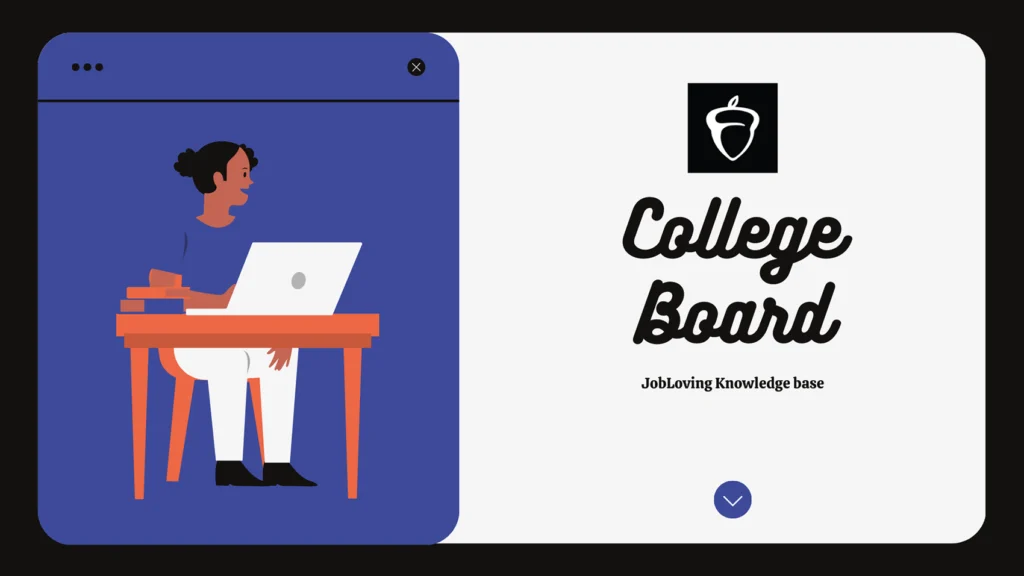Unlocking the Secrets of the SAT: How to Add Up Your Scores (and Why It Matters)
The SAT. That three-letter acronym that strikes fear into the hearts of high school students everywhere. You might be envisioning a nightmarish scenario: endless hours of studying, frantic test-taking, and a final score that leaves you feeling like you just ran a marathon through a jungle of vocabulary words. But before you start panicking, let’s clear up one thing: adding up your SAT scores is actually quite simple.
Think of it this way: the SAT is like a two-part pizza. You’ve got your Math section (the pepperoni and sausage) and your Reading and Writing section (the veggies and cheese). To get your full SAT score, you just need to add the scores from each section together.
Here’s the breakdown:
- Math Section: This section tests your ability to solve problems involving algebra, geometry, and data analysis. It’s a bit like a math test on steroids (but hopefully, without the side effects).
- Reading and Writing Section: This section tests your reading comprehension and writing skills. It’s a test of your ability to analyze passages and express yourself clearly and concisely. Think of it as a literary puzzle with a sprinkle of grammar rules.
Let’s say your Math score is 650 and your Reading and Writing score is 680. You simply add those two scores together: 650 + 680 = 1330. Boom! You’ve just cracked the code of your SAT score.
But wait, there’s more!
The SAT isn’t just about knowing how to add. There’s a whole world of scoring nuances and strategies that can help you maximize your score. Here’s the deal:
1. Superscoring: The Art of SAT Score Tetris
Remember that pizza analogy? Well, the College Board lets you play a little game of SAT score Tetris. Superscoring means the College Board will take your highest individual section scores from different test dates and combine them to give you your best possible overall score.
For example, imagine you took the SAT twice:
- Test 1: Math 700, Reading and Writing 650.
- Test 2: Math 680, Reading and Writing 720.
Instead of just taking the total score from each test, the College Board will use your highest Math score (700) and your highest Reading and Writing score (720) to give you a superscore of 1420. It’s like cherry-picking the best parts of your SAT performance.
2. The Quest for the Perfect Score
Remember that movie “The Perfect Score”? Well, achieving a perfect 1600 on the SAT isn’t quite as glamorous as it might seem in a Hollywood movie. It takes dedication, practice, and a bit of luck. A perfect score means you answered every single question correctly.
But here’s the thing: you don’t need a perfect score to get into your dream college. Many colleges have a wide range of accepted SAT scores. So, don’t stress about getting every question right. Focus on improving your scores over time and finding your best possible performance.
3. The SAT Score Report: Your College Application’s Best Friend
Your SAT score report is like your college application’s superhero. It showcases your academic potential and helps colleges assess your readiness for college-level work.
Here’s a quick guide to the SAT score report:
- Section Scores: This is where you’ll find your individual scores for the Math, Reading, and Writing sections.
- Total Score: This is the sum of your Math and Reading and Writing scores, representing your overall SAT performance.
- Percentile Rank: This tells you how your score compares to other test-takers. A higher percentile means you scored better than a larger percentage of test-takers.
- Subscores: These scores provide a more detailed breakdown of your performance in different areas within each section, like problem-solving or reading comprehension.
4. Understanding Your Score: It’s Not Just About Numbers
While your SAT score is a crucial part of your college application, it’s not the only thing that matters. Colleges look at your entire application, including your GPA, extracurricular activities, essays, letters of recommendation, and more. Think of your SAT score as one piece of a larger puzzle.
5. The SAT: A Journey, Not a Destination
The SAT is like a marathon, not a sprint. It’s a journey that requires preparation, perseverance, and a healthy dose of self-belief. Don’t be afraid to take the test multiple times, learn from your mistakes, and keep pushing yourself to achieve your goals.
Final Thoughts: The SAT May Be a Test, But It’s Not the End of the World
The SAT is a standardized test, and standardized tests have a knack for making people feel stressed out. But remember, it’s just a test. It doesn’t define your worth or your potential. Focus on your strengths, embrace your challenges, and remember that there’s more to life than just a number on a test score report.
Need more help understanding SAT scores or navigating the college application process? Join the JobLoving community! We’re here to help you every step of the way.

